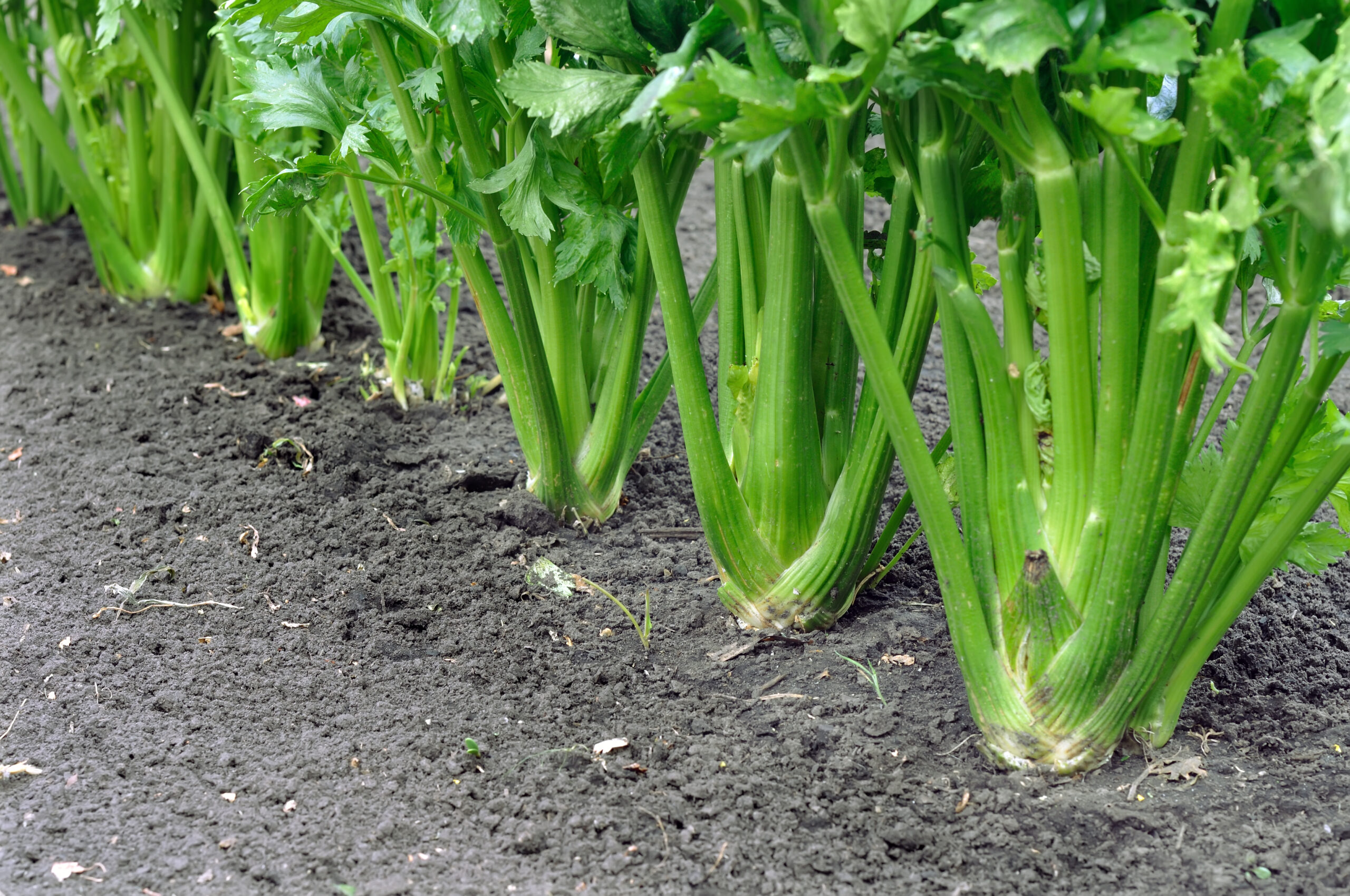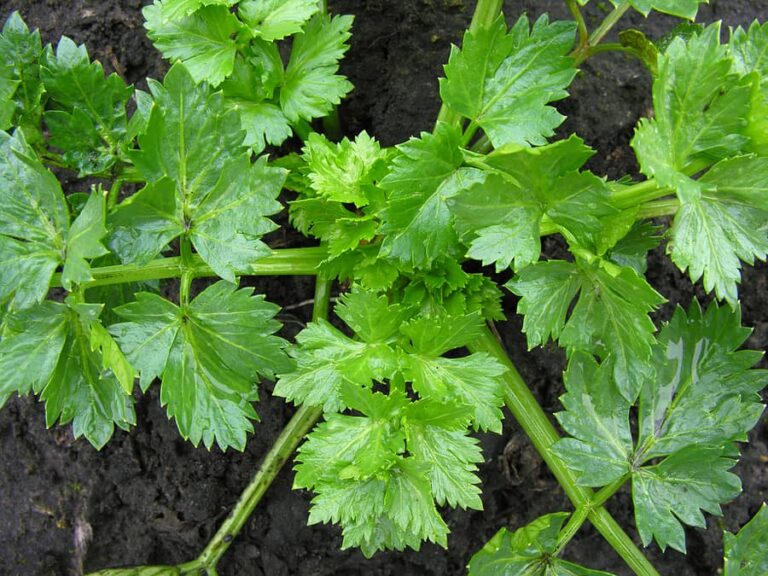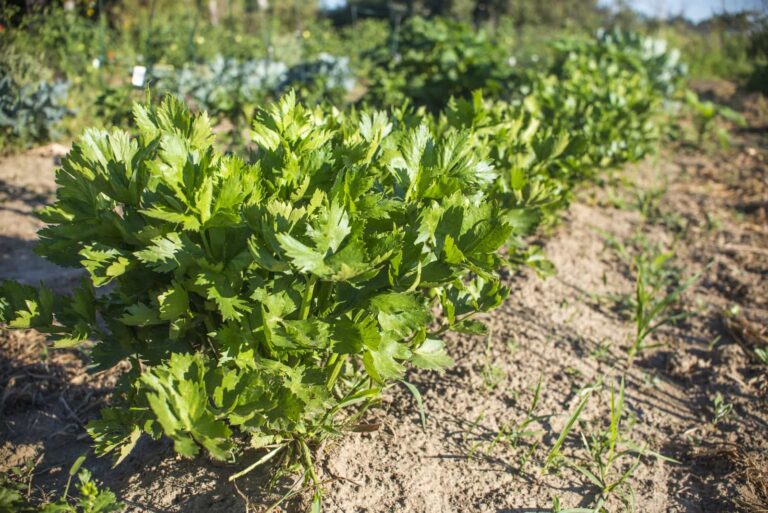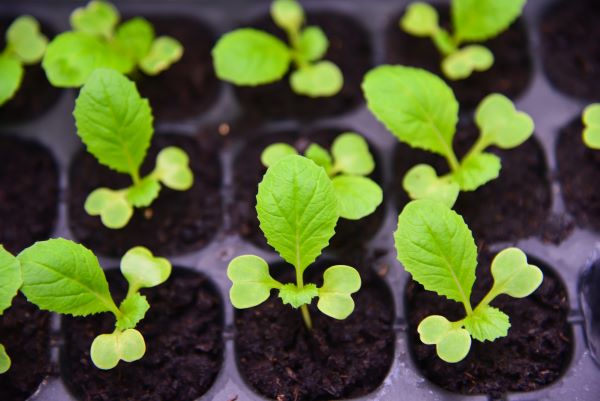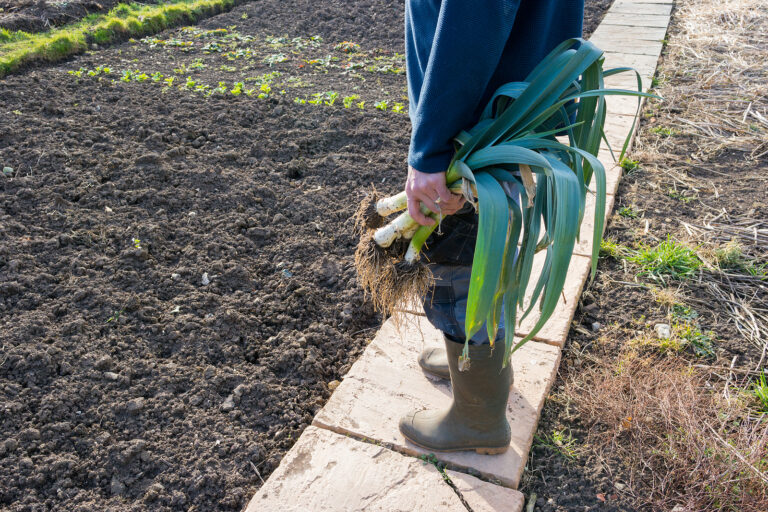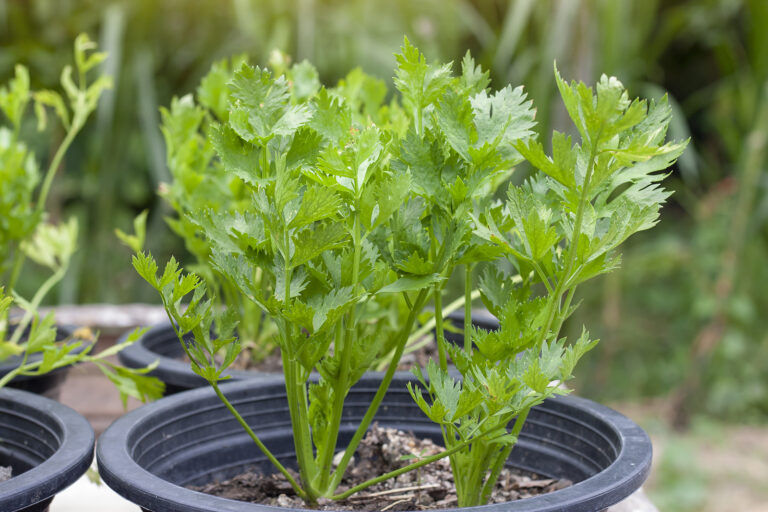Common Celery Pests and Diseases and How to Control Them Naturally
Celery is a rewarding but somewhat finicky crop. For more than 30 years of growing it in my raised beds, I’ve learned that celery needs consistent moisture, rich soil, and careful attention to pests and diseases. If you’re new to growing celery, don’t be discouraged—most problems can be managed naturally with good cultural practices and timely interventions. Below, I’ll share the most common celery pests and diseases, how to spot them, and the natural strategies I use to keep my plants healthy.
Common Celery Pests
Aphids
Aphids are tiny green, black, or gray insects that cluster on the undersides of celery leaves and stalks, sucking plant sap. They can cause curling, yellowing, and sticky honeydew that attracts ants.
Natural Controls:
- Spray with a strong jet of water to dislodge them.
- Encourage beneficial insects like ladybugs and lacewings.
- Apply insecticidal soap or neem oil if populations grow heavy.
Celery Leaf Miner
These pests tunnel inside celery leaves, leaving winding, whitish trails that reduce photosynthesis and weaken the plant.
Natural Controls:
- Remove and destroy infested leaves immediately.
- Use lightweight row covers early in the season to exclude adult flies.
- Practice crop rotation to break their life cycle.
Slugs and Snails
Moist beds that celery thrives in are also a slug’s paradise. They chew ragged holes in stalks and leaves.
Natural Controls:
- Handpick slugs in the evening or early morning.
- Set shallow dishes of beer in the garden as traps.
- Use copper tape around raised beds or containers.
Armyworms and Cutworms
Caterpillars of moths, these pests chew large holes in leaves and can cut young seedlings at the base.
Natural Controls:
- Handpick caterpillars at dusk.
- Sprinkle diatomaceous earth around seedlings.
- Apply Bacillus thuringiensis (Bt), an organic control for caterpillars.
Common Celery Diseases
Early Blight (Cercospora)
Dark, circular spots appear on older leaves first, spreading to younger growth and causing yellowing.
Natural Controls:
- Water at the base of plants to keep foliage dry.
- Space plants properly for good airflow.
- Remove infected leaves and rotate crops yearly.
Late Blight (Septoria)
Small water-soaked spots develop on leaves, expanding into tan lesions with dark borders.
Natural Controls:
- Avoid overhead watering.
- Mulch around plants to prevent soil splash.
- Apply an organic copper-based fungicide if needed.
Fusarium Yellows
A soilborne disease that causes stunted plants, yellow leaves, and wilting.
Natural Controls:
- Plant resistant celery varieties.
- Rotate away from celery, carrots, and parsley for at least 3 years.
- Improve soil drainage and avoid planting in infected soil.
Bacterial Blight
Water-soaked streaks on leaves that turn brown and brittle.
Natural Controls:
- Use certified disease-free seed and seedlings.
- Sanitize tools and avoid working in the garden when plants are wet.
- Remove and destroy infected plants.
My Experience Tip
I’ve found that celery grown in well-drained, compost-rich soil with consistent watering has fewer problems overall. Mulching not only conserves soil moisture but also keeps leaves cleaner and less vulnerable to disease.
Final Thoughts
Celery can be a bit more pest- and disease-prone than other vegetables, but with natural methods—like row covers, beneficial insects, crop rotation, and vigilant observation—you can grow crisp, healthy stalks without resorting to harsh chemicals. With a little practice, managing celery pests and diseases becomes just another part of your gardening rhythm.
Celery Growing Hub
Start here: The Ultimate Celery Growing Guide: From Seed to Harvest
Celery Basics & Types
- Types of Celery Explained: Pascal, Leaf, and Celeriac Compared
- Best Celery Varieties for Home Gardeners
- Celery vs. Celeriac: Growing, Harvesting, and Cooking Differences
- What You Should Know About Celery Pollination
Planting & Site Prep
- When to Plant Celery by USDA Zone
- Celery Seed Starting Tips
- Direct Sowing Celery: Outdoor Seed Starting Guide
- Proper Celery Spacing and Planting Layout for Healthy Growth
- The Best Companion Plants for Celery and What to Avoid
- How to Grow Celery in Containers or Pots
Care & Maintenance
- How to Water Celery for Crisp, Tender Stalks
- Fertilizing Celery: Feeding Tips for Bigger, Tastier Stalks
- Celery Blanching Techniques: How to Get Tender, Mild Stalks
- Celery Care Throughout the Growing Season
Pests & Diseases
- Common Celery Pests and Diseases How to Control Them Naturally
- Celery Growing Problems: Troubleshooting
Harvest & Beyond

